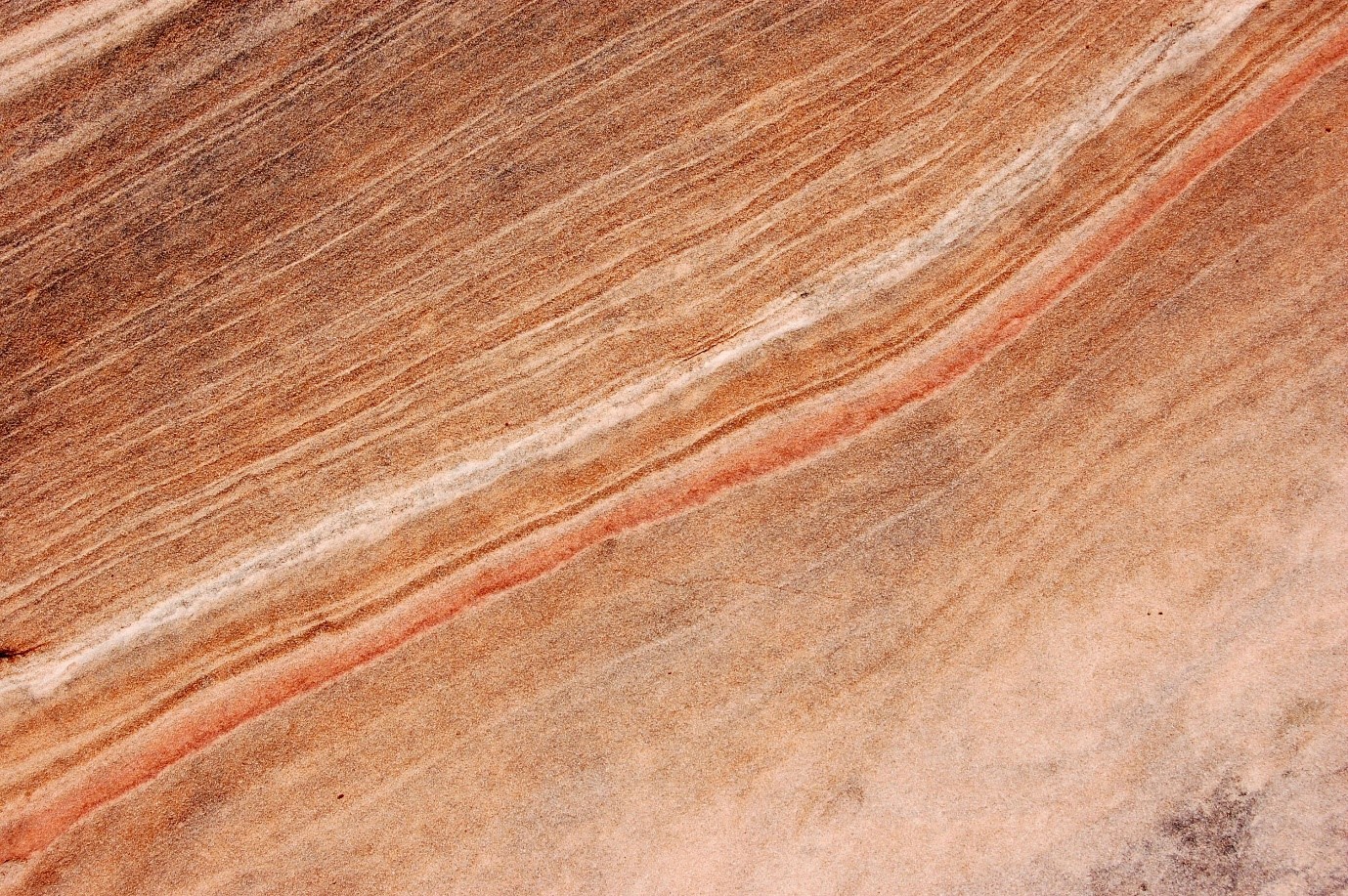Sandstone has been used for domestic construction in paving, and building houses since prehistoric times, as it is sturdy and durable, yet easy to carve.
The variety of colours and the blooms or veins of natural colour variation have made it an ever-popular choice with homeowners for patios, driveways, and garden paths.
But how does sandstone form, and why does it have such a wide range of natural colours?
How is sandstone formed and made into stone paving?
Sandstone is made up of layers of various sedimentary materials such as sand, rock fragments, organic matter, and minerals such as quartz or feldspar.
As these layers settle to the beds of waterways such as rivers, lakes, and beaches, the force of gravity and chemical bonding fuses the deposits together to create rock from loose particles.
Sedimentary rocks such as sandstone are readily available and abundant. Despite being incredibly hard-wearing and long-lasting, they are easy to quarry, hew, and cut into desired shapes, adding to their popularity with homeowners.
To create stone paving, sandstones can be split along sediment lines, using the natural splits in the stone to create paving. This gives sandstone a riven finish, making it naturally rough underfoot, frost-resistant, and weather-resistant.
Sandstone colour formation
Unlike a consistently coloured stone such as slate, sandstone has huge amounts of natural variation, which impacts the colour of each individual stone.
This colour variation is due to the different deposits of sand, sediment, and organic matter that fell to the ocean or river bed as it was forming.
This means that every location from which sandstone is quarried will produce a different range of colours. In locations with black volcanic sands, for example, we find darker sandstones. In places where the sand is gold or buff, we find golden sandstone.
This also explains the colour variation found in sandstone quarried from the same location. The difference in sediment settlements from one spot to another creates a colour difference that goes on to be reflected in the rock itself.
Amazing, right?
Popular sandstone colours
While there will be colour and tone variation throughout each stone, it is possible to group sandstone by an overarching colour type.
It is important to note, however, that when wet, all sandstone colours will appear darker. This is worth bearing in mind if you are looking for a particular shade to coordinate with your existing garden or driveway paving.
The most common colours are outlined below.
Kandla grey sandstone
Kandla grey sandstone is a light grey stone with silver, white, and mid-grey tones throughout. It is commonly referred to as ‘dove grey,’ although some batches can be naturally darker.
It is popular for a wide range of uses, including wall coping, edging in cobbles, and larger stone paving.
Raj blend sandstone
Raj blend sandstone is a mix of mostly neutral tones, making it popular for those wanting to keep things simple.
It usually includes a mix of browns, reds, tans, and brown-grey stones, but can also include some green tones.
Raj blend sandstone is popular for wall coping and larger paving stones, perfect for patios and driveways.
Rainbow sandstone
Rainbow sandstone is a real statement stone for your garden!
Including a mix of colours, this stone paving is reminiscent of tree rings or waves on the sea.
Those who favour red, darker brown, and orange tones will enjoy these sawn and honed rainbow paving slabs with machine-cut edges.
Those who prefer a lighter colour palette of golds, creams, yellows, and light browns will enjoy this rainbow sandstone mix, which includes 4 sizes of stones.
Buff sandstone
Buff sandstones feature golden tones of honey, tan, beige, and ochre, with the odd blue-grey stone.
As with all sandstones, there will be natural variation among every pack, but these light sandstone pavers are guaranteed to lift and brighten any outdoor space.
When you want to create statement sandstone circles, seating areas or fire pits, or larger paved areas, buff sandstone is perfect.
Black sandstone
Black sandstone is ideal for those looking to add a statement patio or driveway without making it appear too small.
Black sandstone features a mix of greys, blues, purples, and charcoals, with light gold accent hues throughout.
Try it as part of a mixed pack for an eye-catching patio that will draw attention every time.
Find your superior sandstone with Stone & Porcelain
No matter your style or preferred colour palette, there is a sandstone shade that’s perfect for your outdoor space.
If you need even more colour options, you can browse our full sandstone selection to find your favourite.
For more information on choosing your perfect sandstone, contact the experts here at Stone and Porcelain by calling 01744 304 545 or by filling in our quick enquiry form. We’ll get back to you as soon as we can.

